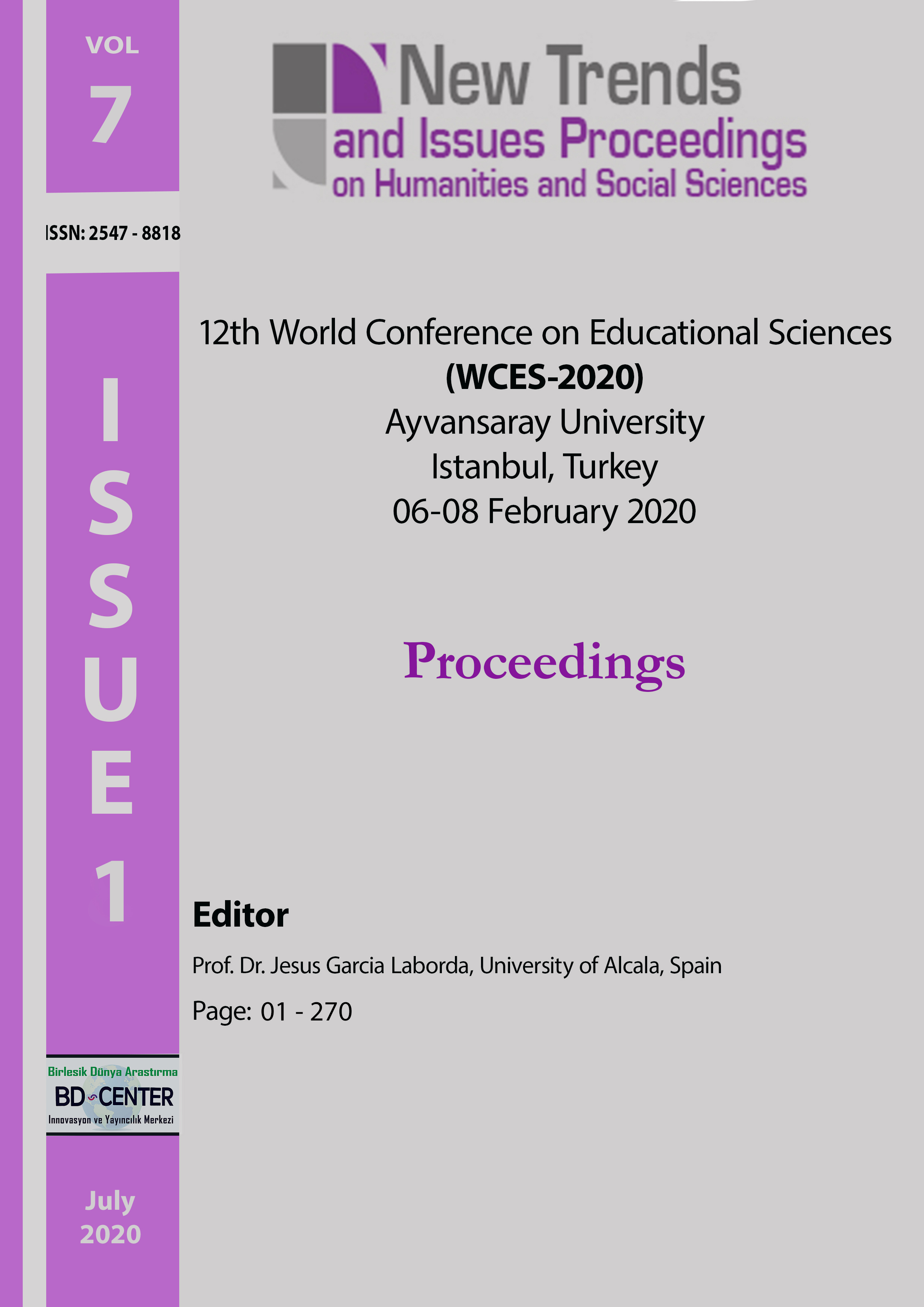Mental synthesis and creative thinking in typically developed Italian
Main Article Content
Abstract
The study concerns the relationships between mental synthesis and creative thinking in typically developed Italian children. Creative Mental Synthesis task was applied to analyze the mental synthesis of visualized forms (Finke, Ward, & Smith, 1992) by means of rotation, dimension, superimposition, and inclusion. It consisted of a paper-pencil protocol with three stimuli, a capital letter V, a square, and a circle: each child was instructed to imagine combining the stimuli to make meaningful objects and was allowed to imagine the stimuli in any size and to combine them in anyway, without altering or modifying the structural shapes. Test of Creative Thinking (Williams, 1994) was used to measure fluency, flexibility, elaboration, originality, and verbal production; it was made up of a protocol with 12 frames, containing incomplete graphic stimuli shown to children who were asked to draw a picture. Results: the more the children were able in mental synthesis and, mainly, in inclusion and superimposition of visual forms, the more they better performed in elaboration, flexibility, and originality. Future research could deepen the role of mental imagery in development of creativity through curricula focused on strategies for strengthening the processes related to mental imagery.
Keywords: Mental imagery; creative thinking; typical development;
Downloads
Article Details

This work is licensed under a Creative Commons Attribution 4.0 International License.
Authors who publish with this journal agree to the following terms:- Authors retain copyright and grant the journal right of first publication with the work simultaneously licensed under a Creative Commons Attribution License that allows others to share the work with an acknowledgement of the work's authorship and initial publication in this journal.
- Authors are able to enter into separate, additional contractual arrangements for the non-exclusive distribution of the journal's published version of the work (e.g., post it to an institutional repository or publish it in a book), with an acknowledgement of its initial publication in this journal.
- Authors are permitted and encouraged to post their work online (e.g., in institutional repositories or on their website) prior to and during the submission process, as it can lead to productive exchanges, as well as earlier and greater citation of published work (See The Effect of Open Access).
